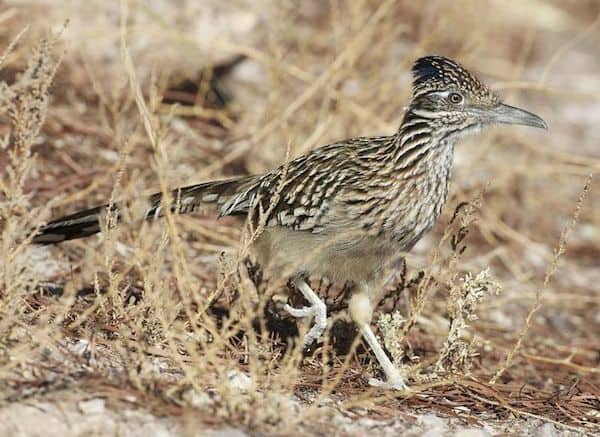Look For
The yellow-bellied sapsucker is a medium-sized woodpecker (8 ½ inches in length) with extensive black-and-white barring over much of its back, wings, and tail. Adults have a brilliant red crown patch and adult males have a red throat patch outlined in black. Females have a white throat. The lemon-yellow belly can be difficult to see on perched birds. Juveniles are very dull-brown versions of the black-and-white adults.
Listen For
Usually silent in winter but vocal on the breeding grounds and in spring migration, when it utters a wheezy, catlike meeyaah! Light tapping as it drills sap holes can be a good way to locate this species.
Find It
Found in a variety of mixed woodland habitats, but with a preference for aspen, maple, and fruit trees because of their sap production, the sapsucker will revisit and redrill sap holes from previous seasons and prior years.
Look for their rings of sap holes on tree trunks. They breed across the entire breadth of Canada and across the northernmost tier of the United States from North Dakota to New England. They migrate to the southeastern quarter of the United States in winter, though some birds venture to Central America and to the Caribbean islands.
Feeding Behavior
Sapsuckers drill a line of small holes in the bark of a tree trunk, causing it to ooze sap, which the sapsucker returns to drink later. Insects from sap wells, gleaned from trees or captured in flight, are another important food source, as are fruits, berries, and tree buds. Suet, suet dough, peanut butter, and fruit are among the foods sapsuckers eat at backyard bird feeders.
Nesting Behavior
Male sapsuckers excavate the nest cavity in a deciduous tree and the female lays up to six eggs on wood chips inside. Both parents share the two weeks of incubation as well as the month-long period of nestling care. After fledgling, the adults teach the young for about ten days to forage and drill for sap on their own.
Wow!
It’s no joke! Named for its habit of drinking sap running from the holes it drills in trees, the yellow-bellied sapsucker inadvertently provides sap to a host of other creatures, including hummingbirds, warblers, butterflies and other insects, squirrels, and chipmunks.




